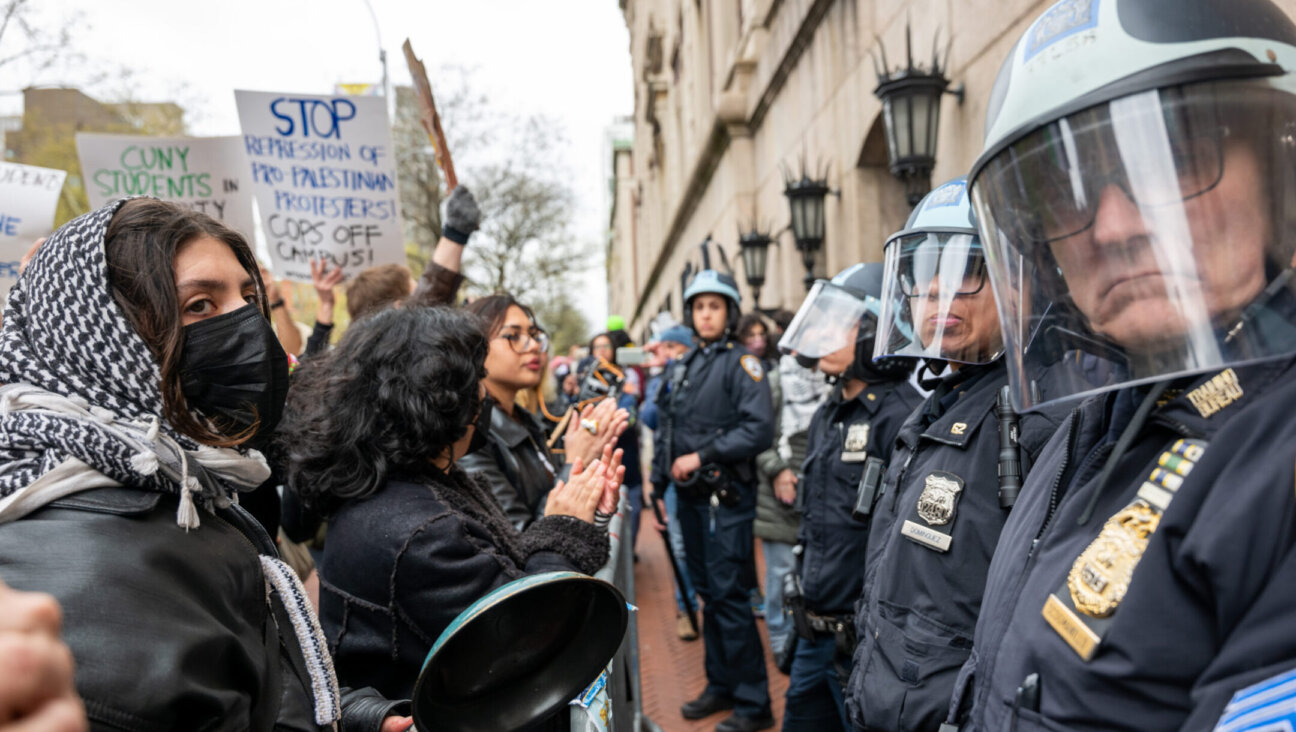September’s Sounds of Silence
A bicyclist zipped down Columbus Avenue silently. Her gaze caught mine. Tears filled her eyes. She turned away and continued down the strangely somber street.
On the day of 9/11 and in the weeks following it, New York was marked by a silence unusual for the normally cacophonous city. The silence reminded me personally of the days after 9/11 eight years earlier, when we lost and then buried our baby.
On September 9, 1993, I went downtown for my last prenatal checkup before my due date. I told the midwife that the baby had been very quiet, not moving so much. I lay on the table, waiting. Waiting. Nothing. Silence, where there should have been the baby’s familiar “ker-plump, ker-plump” heartbeat. I started to shake; tears slid down my face. The midwife held my hand, stroked my hair, my back, rubbed my shoulders and said, “I know. I know.” I put my hand on my stomach. Yes, the baby was still there. But no, it wasn’t. I phoned my husband, and he asked me why. What happened? When? No answers. We cried.
The midwife and I went to the hospital, where I had a sonogram that showed “fetal demise.” My husband arrived, labor was induced, the contractions intensified, and on September 10 this almost 7-pound baby girl was delivered. It was quiet in the room — no sounds of a baby crying, nothing. The word “stillbirth” is a perfectly succinct way to describe the event.
My husband and I held her. Same rounded chin, light hair and button nose as our two older children. I wanted to shake her so that she would cry or move or do something. We named her Shayna, Yiddish for pretty. After nine months of only knowing her inside me, within a few minutes they took her from our arms and placed her in the bassinet and that was goodbye.
I went home the next day, September 11. Throughout the following weeks and months there was a sad, somber silence in our home where there should have been sound.
None of the many medical tests on the blood and the placenta offered an explanation as to what had happened. I consulted a kabbalist in Brooklyn. The gray-bearded man listened, then told me he would have to do a kabbalistic astrological chart for me and see what my soul’s purpose in this life was. Then he would pray, fast for three days, not sleep with his wife, take a minyan — a prayer group of 10 men — to the forest and recite Tehillim (Psalms), and I should bring to him a box of candles, three bottles of olive oil, three bottles of sesame oil, three bottles of rosewater, some soil from the baby’s grave, a dead chicken, a dead fish and $1,000.
I demurred.
Then, on September 11, 2001, I lapsed into a state of intense mourning, as if I had to re-mourn past losses. I spoke with my friend James Young, whose 50th-birthday celebration I had hosted the week before. A professor and chair of Judaic studies at the University of Massachusetts Amherst, James has devoted his career to grappling with Big Issues pertaining to the Holocaust: how we commemorate, how we honor the dead. We spoke about the importance not of filling up the physical gaping hole left behind, or the emotional hole, but of simply absorbing and being silent. “You can only do it inside, quietly, internally,” he advised.
Every year in Israel, on Yom HaShoah, Holocaust Day of Remembrance, a two-minute siren shrieks throughout the entire country, and everyone, no matter what he or she is doing — driving a car, eating breakfast, getting ready for work — comes to a halt. In his book, “The Texture of Memory: Holocaust Memorial and Meaning,” James writes, “For two minutes, the siren turns all moving things and people into standing monuments.”
James was asked to be on the jury for the World Trade Center memorial. The jury’s choice, “Reflecting Absence,” by Israeli-born sculptor Michael Arad, seemed deceptively simple: Water flows away and into two voids that never are filled.
Ten days after 9/11, I celebrated my 40th birthday with my husband and my three children, David, Anna and the youngest, Daniel, to whom I gave birth in 1994. Daniel has red hair and plays the violin and the piano. When he plays Chopin and Mozart, it is as if time has spirited the sounds of the past into the present.
This September 11, I don’t plan to visit the graveyard where our baby is buried. The actual physical burial site — the space — is irrelevant. The real memorial, personally, is the silent space inside me that remembers.
Writing this, I’ve listened over and over to Rosanne Cash’s song, “September When It Comes.” Part of the song goes, “There’s a light inside a darkened room/a footstep on the stair/a door that I forever close/to leave those memories there/So when the shadow lengthens/into an evening sun/first there’s summer then I’ll let you in/September when it comes.”
Neither music nor art, but these words stand as my own small, personal monument to loss, to memory and to time.
Angela Himsel is a freelance writer living in New York City.

I hope you appreciated this article. Before you go, I’d like to ask you to please support the Forward’s award-winning journalism this Passover.
In this age of misinformation, our work is needed like never before. We report on the news that matters most to American Jews, driven by truth, not ideology.
At a time when newsrooms are closing or cutting back, the Forward has removed its paywall. That means for the first time in our 126-year history, Forward journalism is free to everyone, everywhere. With an ongoing war, rising antisemitism, and a flood of disinformation that may affect the upcoming election, we believe that free and open access to Jewish journalism is imperative.
Readers like you make it all possible. Right now, we’re in the middle of our Passover Pledge Drive and we need 500 people to step up and make a gift to sustain our trustworthy, independent journalism.
Make a gift of any size and become a Forward member today. You’ll support our mission to tell the American Jewish story fully and fairly.
— Rachel Fishman Feddersen, Publisher and CEO
Join our mission to tell the Jewish story fully and fairly.
Our Goal: 500 gifts during our Passover Pledge Drive!






















